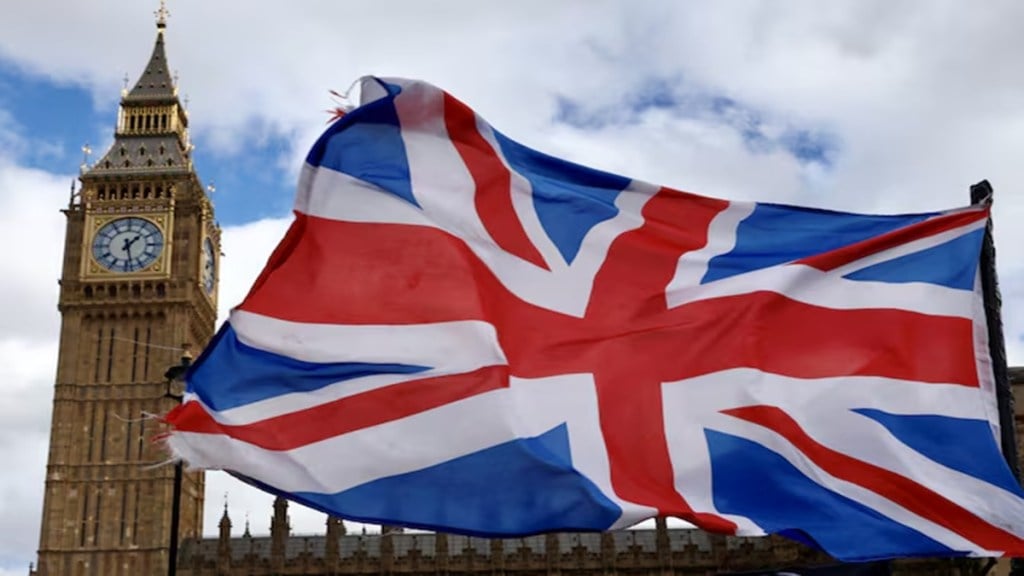All UK residents, including foreign workers, will soon be asked to apply for a Digital ID. A new mandatory digital ID scheme will soon be implemented for those living in the UK.
The UK digital ID scheme aims to facilitate Right to Work checks and improve access to essential government services, and to combat illegal employment.
The UK digital ID scheme will be available to all UK citizens and legal residents, saving time by ending the need for complicated identity checks, which often rely on copies of paper records.
Instead, the roll-out will make it simpler to apply for services like driving licences, childcare and welfare, while streamlining access to tax records. The new digital ID will be held on people’s phones, just as millions already use the NHS App or contactless mobile payments.
There will be no requirement for individuals to carry their ID or be asked to produce it – but UK digital ID will be mandatory as a means of proving your Right to Work.
This will stop those with no right to be here from being able to find work, curbing their prospect of earning money, one of the key “pull factors” for people who come to the UK illegally.
It will send a clear message that if you come here illegally, you will not be able to work, deterring people from making these dangerous journeys.
Digital ID System
The digital ID system is designed with best-in-class security at its core. Digital credentials will be stored directly on people’s own devices – just like contactless payment cards or the NHS App today.
The system uses state-of-the-art encryption and authentication technology that’s already protecting millions of digital transactions daily. If a phone is lost or stolen, the digital credentials can be immediately revoked and reissued, providing better security than traditional physical documents.
The new digital ID will be the authoritative proof of who someone is and their residency status in this country. It will therefore include name, date of birth, information on nationality or residency status, and a photo – as the basis for biometric security – just like an eVisa or Passport.
Crackdown on Illegal Working
This initiative builds on the government’s crackdown on illegal working and its mission to control borders as part of the Plan for Change. Under this government, illegal working arrests have soared by 50%, and new legislation is being brought forward to help stop illegal working in the gig economy. The proposals also follow the government’s success in deporting the first illegal migrants under the landmark UK-France returns deal last week.
Prime Minister Keir Starmer says, “I know working people are worried about the level of illegal migration into this country. A secure border and controlled migration are reasonable demands, and this government is listening and delivering.
Digital ID is an enormous opportunity for the UK. It will make it tougher to work illegally in this country, making our borders more secure. And it will also offer ordinary citizens countless benefits, like being able to prove your identity to access key services swiftly – rather than hunting around for an old utility bill.”
Benefits of the Digital ID System
The digital ID system is designed with best-in-class security at its core. Digital credentials will be stored directly on people’s own devices – just like contactless payment cards or the NHS App today.
The system uses state-of-the-art encryption and authentication technology that’s already protecting millions of digital transactions daily. If a phone is lost or stolen, the digital credentials can be immediately revoked and reissued, providing better security than traditional physical documents.
The new digital ID will be the authoritative proof of who someone is and their residency status in this country. It will therefore include name, date of birth, information on nationality or residency status, and a photo – as the basis for biometric security – just like an eVisa or Passport.
The new streamlined digital system to check Right to Work will simplify the process, drive up compliance, crack down on forged documents and create intelligence data on businesses that are conducting checks to help the Home Office take action on employers who are hiring illegally.
Building on the work already underway to roll out a GOV.UK digital wallet, a digital ID will sit on people’s phones, alongside the digital driving licence, which the government has already announced plans to introduce.
The government will listen to a range of views on how the service will be delivered, as part of a public consultation to be launched later this year.
The scheme will be rolled out alongside an outreach programme, including face-to-face support for citizens who are struggling to access the scheme.
This will result in a service that takes the best aspects of the digital identification systems that are already up and running around the world:
In Australia, citizens can access a range of private services, from banking to buying alcohol, with their digital identification, reducing the need for multiple separate accounts and pieces of paper.
In Estonia, digital ID has revolutionised parents’ lives by enabling access to child benefits, health records and applications for nursery places seamlessly, never having to provide the same information twice.
In Denmark, students can use their national digital ID to log in and automatically retrieve education records and qualifications in job and university applications.
And in India, the government, through the UIDAI’s Aadhaar card, has saved around US$10 billion annually by reducing fraud and leakages in welfare schemes.
The new plans will offer significant benefits for reducing identity theft and preserving privacy, with security at its core. Digital ID limits personal details being shared unnecessarily, by only sharing the relevant information for the specific scenario in question. It will also use state-of-the-art encryption and user authentication to ensure data is held and accessed securely.

